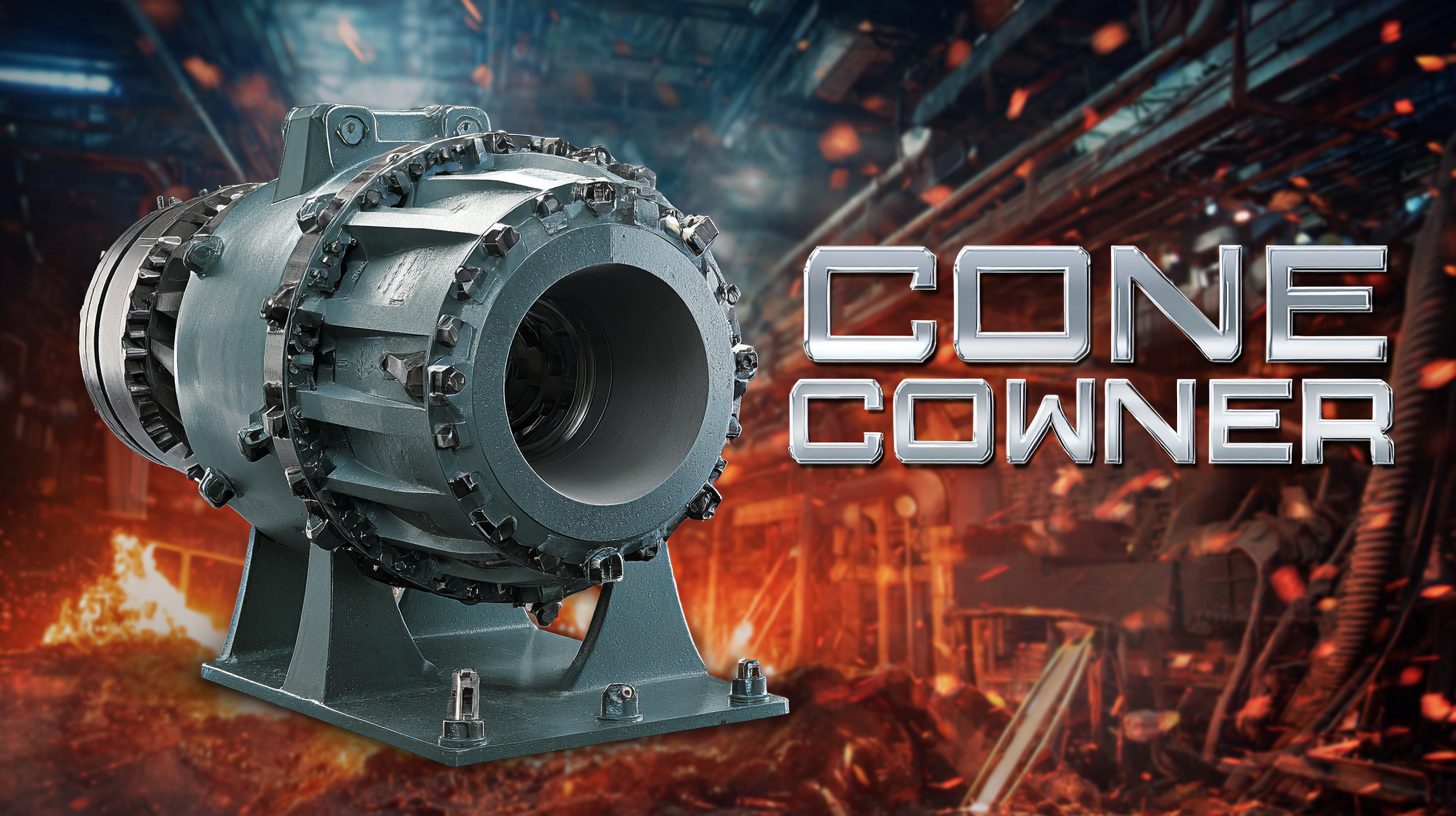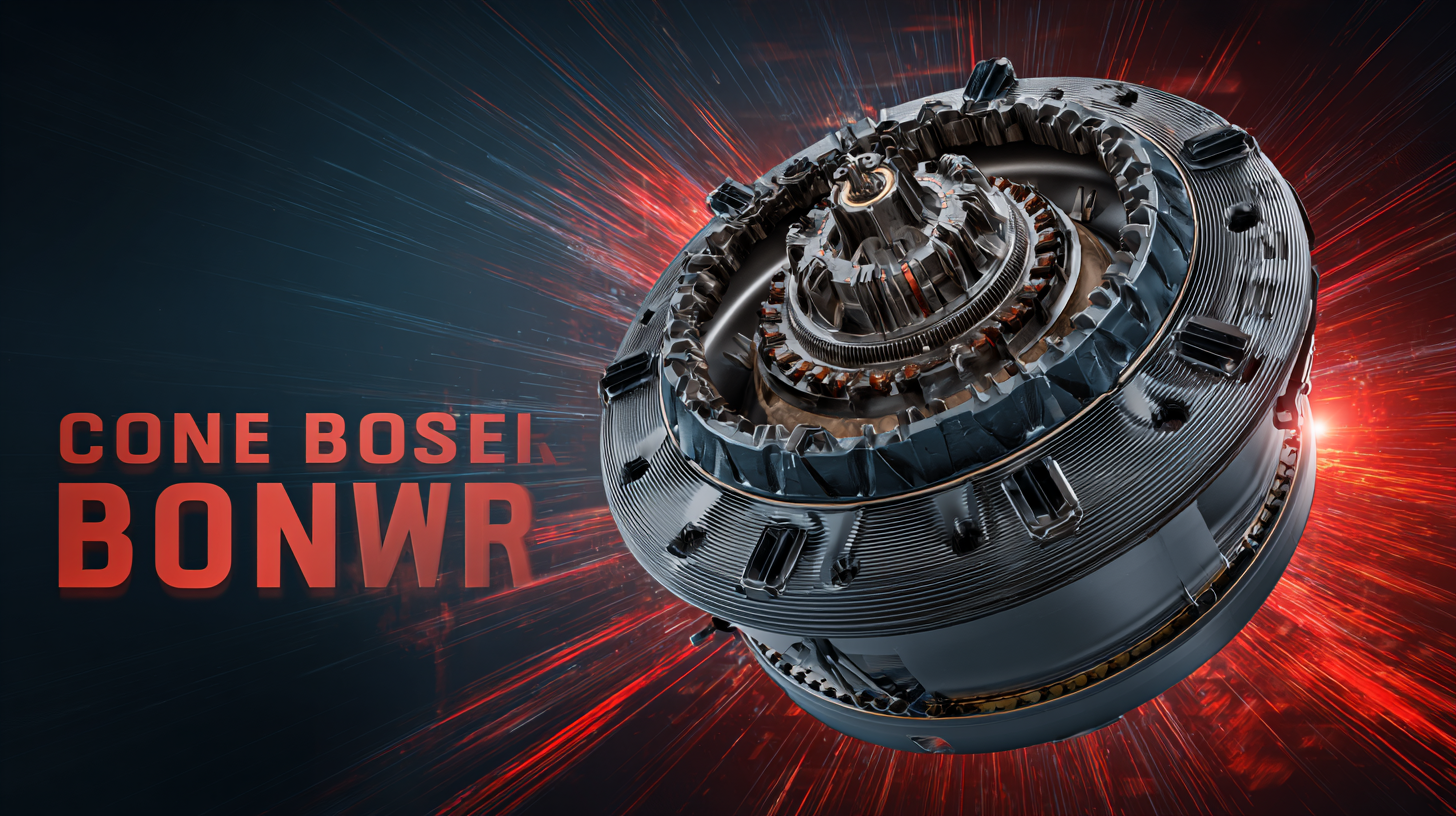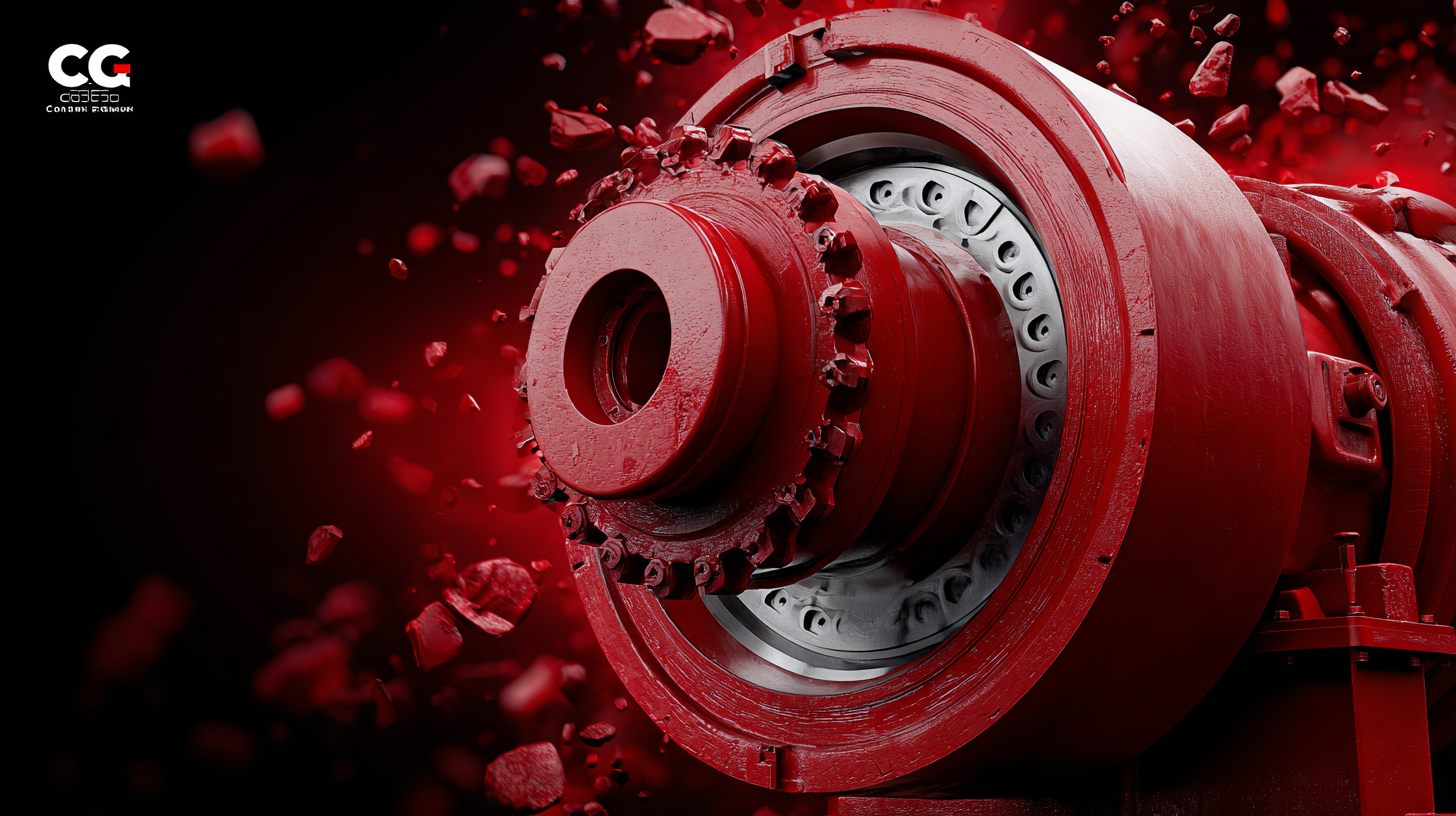
-
Home
-
About Us
-
Products
-
News
-
Blog
-
Contact Us
Leave Your Message

In the rapidly evolving world of aggregate production and mining, the importance of selecting the right equipment cannot be overstated. Among the various components crucial for optimizing efficiency, the Cone Crusher Bowl stands out due to its pivotal role in ensuring the effectiveness of cone crushers. According to a recent industry report by Research and Markets, the global market for cone crushers is projected to reach USD 2.3 billion by 2027, growing at a CAGR of 4.8%. The Cone Crusher Bowl, with its technical specifications and optimal usage guidelines, significantly affects the output quality and operational lifespan of the machinery. This comprehensive tutorial aims to enlighten operators and engineers about mastering the intricate specifications and applications of this vital component, ensuring peak performance in a competitive market that demands efficiency and reliability.

Understanding the essential features of cone crusher bowls is crucial for optimizing performance and ensuring longevity in mining and aggregate operations. Cone crusher bowls serve as a pivotal component in the crushing process. They create a controlled space where the material is crushed between the mantle and the bowl liner. The design and material of the bowl significantly affect the crushing efficiency and the wear rate, making it imperative for users to choose bowls made from durable materials like manganese steel or alloyed steel that can withstand the pressures of rigorous use.
Moreover, key specifications, such as the bowl's profile and size, play an important role in determining how effectively the crusher can process different types of materials. A well-designed bowl allows for better material flow and reduces the chances of clogging, which can lead to unplanned downtime. Understanding these technical aspects ensures operators can make informed decisions when selecting the right cone crusher bowl for their specific application, ultimately enhancing productivity and reducing operational costs.
 When selecting a cone crusher bowl, it's essential to consider several key technical specifications that can significantly affect performance and efficiency. One of the foremost specifications is the material composition; bowls made from high-quality manganese steel offer improved durability and resistance to wear, extending their lifespan under rigorous operational conditions. Industry reports indicate that bowls crafted with advanced alloys can enhance crushing performance by up to 20%, ensuring that the equipment remains reliable over time.
When selecting a cone crusher bowl, it's essential to consider several key technical specifications that can significantly affect performance and efficiency. One of the foremost specifications is the material composition; bowls made from high-quality manganese steel offer improved durability and resistance to wear, extending their lifespan under rigorous operational conditions. Industry reports indicate that bowls crafted with advanced alloys can enhance crushing performance by up to 20%, ensuring that the equipment remains reliable over time.
Another critical specification is the bowl's profile design, which can influence the size of the crushed material and the overall throughput capacity. A well-designed bowl profile optimizes the flow of materials, reducing the likelihood of bottlenecks during operation. Research shows that implementing a finely-tuned bowl profile can improve processing efficiency by approximately 15%, allowing for smoother operations and higher output rates.
Additionally, the bowl's compatibility with various cone crushers is vital. The adaptability of a bowl to different models ensures seamless integration and maximizes productivity. Technical specifications, such as the weight and dimensional accuracy of the bowl, should also be scrutinized, as they play a crucial role in maintaining the stability and operational efficiency of the crushing equipment. Proper assessment and selection based on these specifications can lead to improved performance and longer service life for cone crushing applications.
The bowl design of a cone crusher plays a pivotal role in optimizing its performance. According to a report by Sandvik, the right bowl geometry can enhance the crushing process efficiency by up to 30%. This significant improvement stems from the bowl's ability to maintain a consistent gap size and distribute material evenly, which minimizes excess wear on the crusher and maximizes the effectiveness of the torque. With variations in mineral properties, adapting the bowl design to specific materials can yield notable efficiency gains, proving that customization is key to performance.
Tips for achieving optimal bowl design include regularly inspecting the wear patterns on the bowl liner. This practice not only extends the lifespan of the components but also ensures that the crushing chamber maintains its ideal shape. Additionally, utilizing advanced materials can improve durability; for example, using high-manganese steel increases resistance to wear and tear in arduous conditions.
Incorporating an adjustable bowl can also significantly enhance flexibility. As noted by the Journal of Materials Processing Technology, crushers equipped with an adjustable bowl can increase their throughput by 15% during peak operational periods. This adaptability is crucial for companies looking to optimize their operations while responding swiftly to changing market demands.
This chart illustrates the impact of various bowl designs on cone crusher performance metrics such as throughput capacity, product size distribution, and operational efficiency.
Cone crushers are essential in the mining and aggregates industries, primarily due to their ability to produce fine materials. One critical component of a cone crusher is the bowl, which plays a vital role in the crushing process. The choice of material for the cone crusher bowl directly affects its performance and durability. There are three common materials used in manufacturing these bowls: manganese steel, chrome steel, and ceramic.
Manganese steel is the most widely used material for cone crusher bowls because of its high impact strength and wear resistance. It contains about 12-14% manganese, which enhances its hardness when subjected to compressive forces, making it ideal for crushing tough materials. Chrome steel, on the other hand, offers excellent resistance to abrasion and is particularly effective for high-speed applications. Its high chromium content provides superb hardness, ensuring the bowl maintains its shape and efficiency over time.
Ceramic materials are increasingly being used for cone crusher bowls due to their lightweight and high-strength properties. Although they may not be as common as the steel counterparts, ceramic bowls can significantly reduce energy consumption during the crushing process. They are particularly advantageous when it comes to processing softer materials and can enhance overall operational efficiency. Each of these materials brings unique benefits, making them suitable for various applications in the field of crushing.

Proper usage of cone crusher bowls plays a critical role in enhancing both the longevity and efficiency of this essential equipment. The bowl, being a vital component of the cone crusher, governs the crushing process by holding the material to be crushed and controlling the gap between the crushing surfaces. By ensuring that the bowl is installed correctly and maintained regularly, operators can minimize wear and tear, thereby extending the lifespan of the cone crusher. Regular inspections to check for signs of damage or excessive wear can prevent costly downtime and repairs.
Moreover, understanding how to optimize the bowl’s settings can lead to significant improvements in efficiency. Adjusting the bowl to the right specifications allows for better control of the final product size and quality, while also reducing energy consumption during the crushing process. Using quality materials and following manufacturer guidelines during installation and operation can enhance the performance of the cone crusher. In turn, this responsible use not only maximizes throughput but also contributes to the overall productivity of the crushing operation, ensuring that businesses can operate sustainably and profitably.
| Specification | Details |
|---|---|
| Bowl Diameter | 36 inches |
| Weight | 750 lbs |
| Material | High Manganese Steel |
| Max Feed Size | 8 inches |
| Output Size | 1/2 to 2 inches |
| Optimal Speed | 900 RPM |
| Applications | Mining, Quarrying, Recycling |
| Maintenance Frequency | Every 1,000 hours of operation |